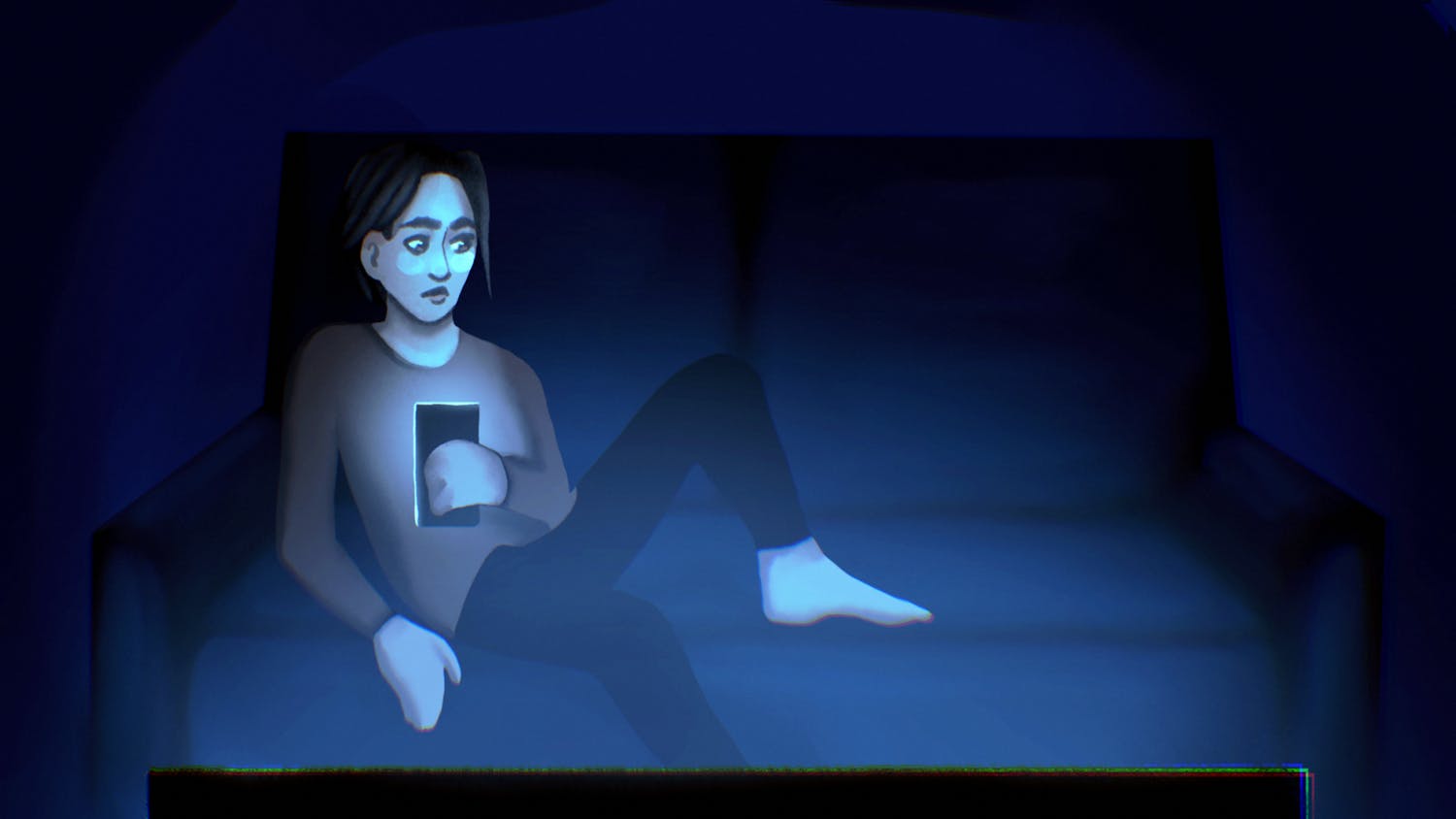The tagline of "The Prize Winner of Defiance, Ohio" ("the true story of how a mother raised 10 kids on 25 words or less") suggests a much different plot than we are actually given in the film. Expectations are that Evelyn Ryan (Julianne Moore), the mother of 10 children, will turn to television and radio prize contests when money gets tight for her and her family. However, director Jane Anderson makes an interesting choice: instead of focusing the main conflict of the film on the family's poverty (this is dealt with, but only as the secondary conflict), Anderson decides to focus on the relationship between Evelyn and her husband, Kelly (Woody Harrelson).\nThis is a successful choice. The marriage is held together only by Evelyn's desire to give her children a stable home. Kelly comes home every night, drinks and destroys what little property the Ryan family owns. The house is so small that all ten children are witness to these drunken outbursts, and the tension that is built up between the family members is truly terrifying. For much of the film it seems as though Harrelson's character is plummeting toward a violent outburst on one of the children and this tension keeps this relatively slow-paced film moving more quickly than it would otherwise.\nThe film's main weakness is its inability, or maybe more properly its refusal to cement itself in the time period it is portraying (mainly the 1950s). Anderson apparently does not trust her audience to believe her representation of the 1950s, so she uses gimmicks to keep her viewers entertained. The film starts out with a direct address narration; Evelyn stares right into the camera and explains the situation. This is, quite simply, jarring. There is a reason one of the major rules of Hollywood filmmaking is that characters should never look into the camera. The direct address recurs throughout the film and is jarring each time.\nLater, to show us an example of Evelyn Ryan's prize-winning jingle, three brightly-dressed women come out, stare into the camera and sing the jingle (right over Evelyn's head). For a film that deals with some serious issues like alcoholism and domestic abuse, these kitschy moments stand out and pull the viewer out of the film world of the '50s and right back into the cinematic world of 2005.\nThe DVD is nicely produced and feels more set in the '50s than the film itself. The "making of" featurette explains some of the difficulties of producing a period piece featuring children when the story moves forward years at a time.\nOverall, the film is entertaining despite the gimmicky moments. The film ends with the real Ryan children going through their mother's possessions, which unfortunately gives the film an air of much too severe seriousness. The reason for this might be that the only other film I can think of that ends similarly to this is "Schindler's List," and I do not think Anderson wants us to draw comparisons between these two films. Unfortunately that's what happens.
No first place finish here
Get stories like this in your inbox
Subscribe





